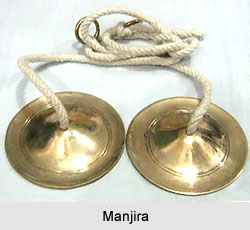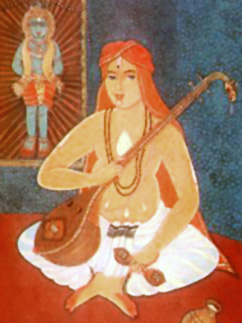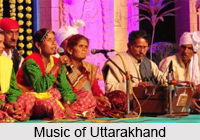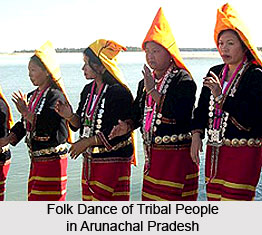Influence of Vaisnava on folk music in east India has played a significant role towards improving and improvising the songs and lyrics. Some of the songs in Bengali folk music are simply based on the Vaisnava Sampradayas cult depicting Lord Krishna as the master, Gods beloved.
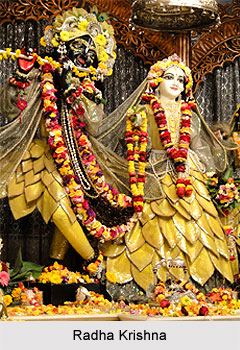 Lord Krishna is a standing image of the Vaisnava faith. Since the medieval ages, various kinds of practices expressing this faith have been based on the Bhagavata Purana as interpreted through manifestations of Chaitanyadeva. Bhakti cult in Bengal has a special character of its own. Bengali folk songs, in some way or other, are closely connected with Bengal`s own Vaisnava practices.
Lord Krishna is a standing image of the Vaisnava faith. Since the medieval ages, various kinds of practices expressing this faith have been based on the Bhagavata Purana as interpreted through manifestations of Chaitanyadeva. Bhakti cult in Bengal has a special character of its own. Bengali folk songs, in some way or other, are closely connected with Bengal`s own Vaisnava practices.
The loving approach of Radha (the symbol of the devotee) to the Lord, the lover, is a characteristic feature of many songs, but in and through these songs mundane love appears straightway. The permanent impact of Padavali Kirtan has been one of the factors to establish deep devotional atmosphere and the humanized emblems of Krishna and Radha through music.
Kirtans introduces innumerable forms of tunes and rhythm. Some common musical instruments have been adopted in folk-songs directly, because, despite the presence of a sort of raga style in Kirtan, its musical style has invaded the common-man`s musical form and influenced folk-music considerably.
The impact of Padavali Kirtan on folk-songs of West Bengal has been so tremendous that songs, sung in unison or solo, developed various types of forms all over Bengal. As a result, the support of some musical instruments in Bengali folk-music was imbibed from Kirtan directly. Vaisnavism in Assamese was a new feature in music as represented in Bargit.
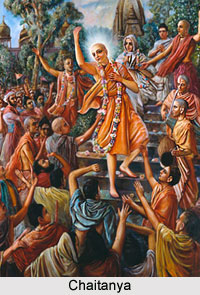 Samkardev and Madhavdev created a basic source of popular devotional folk-songs in Assam. The method of implementation of Namghosa had a prominent musical aspect of devotional observances in public prayer in Namghar or Satras.
Samkardev and Madhavdev created a basic source of popular devotional folk-songs in Assam. The method of implementation of Namghosa had a prominent musical aspect of devotional observances in public prayer in Namghar or Satras.
So far as Oriya is concerned, Lord Jagannath of Orissa attracted the central interest of Vaisnavas all over India. But Jagannath cult was a special development in Orissa, resulting in the growth of several types of folk-songs like Janana, Chanda, Cautisa, Daskathi. Ultimately, the form of musical cult named `Odissi` developed after sixteenth century and made a definite impact on folk-music in many respects. Mahima-dharma, another religious folk cult of Orissa, was responsible for giving expression to folk-music known as Khanjani Bhajan.
